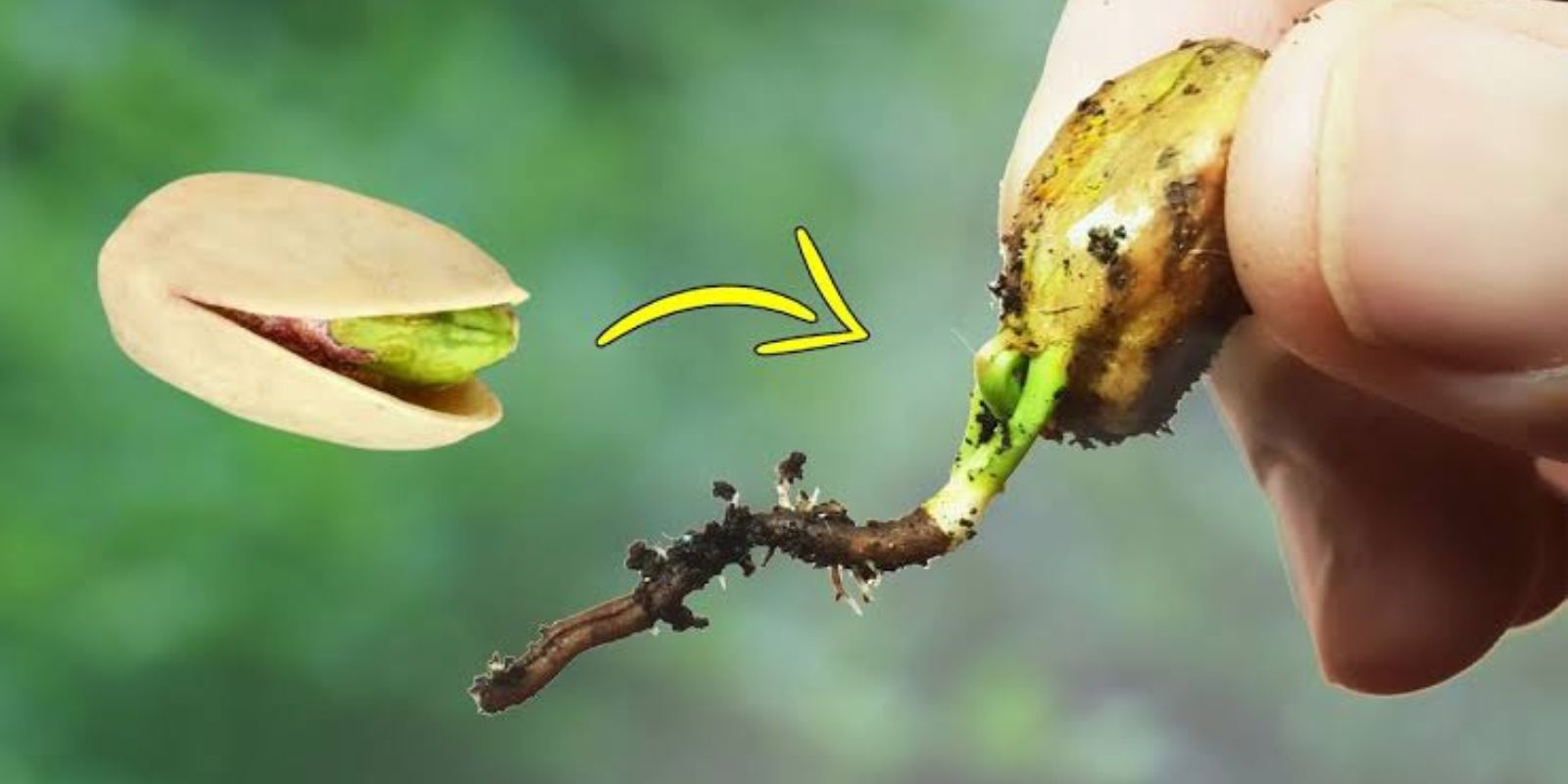Pistachios are a popular and delicious nut known for their creamy texture and vibrant flavor. Imagine the satisfaction of growing your own pistachio tree at home! While it may take time and effort, cultivating pistachios from seeds is a rewarding project. This guide will walk you through everything you need to know to grow pistachios in your garden or home.
The Basics of Pistachio Cultivation
Pistachio trees (Pistacia vera) are hardy, drought-tolerant plants that thrive in warm climates. They are dioecious, meaning you’ll need both a male and female tree to produce nuts. While it can take a few years for a tree to yield nuts, the process of growing pistachios from seeds is an exciting gardening challenge.
Step-by-Step Guide to Growing Pistachios from Seeds
1. Choose the Right Seeds
The first step in growing pistachios is selecting the proper seeds. Make sure to use raw, untreated pistachios—those that haven’t been roasted or salted. These are the only seeds capable of germinating.
2. Prepare the Seeds
Soak the seeds in lukewarm water for 24 hours. This step softens the hard outer shell and increases the chances of successful germination. Discard any seeds that float, as they may not be viable.
3. Stratify the Seeds
Pistachio seeds require a cold period, known as stratification, to break dormancy and prepare for germination.
- Place the soaked seeds in a resealable plastic bag filled with damp paper towels or peat moss.
- Store the bag in the refrigerator for 6-8 weeks. Ensure the environment is consistently cool (around 4°C or 39°F). Check occasionally to keep the medium moist but not soggy.
4. Sow the Seeds
After stratification, the seeds are ready to be planted.
- Use well-draining soil or a mixture of sand, peat, and potting soil to ensure proper aeration.
- Fill small pots with the soil mix, and plant the seeds about 2-3 cm (1 inch) deep with the pointed end facing upwards.
- Cover lightly with soil and water gently.
5. Provide the Right Conditions
Pistachio seeds require warm and sunny conditions to germinate.
- Place the pots in a location that receives plenty of sunlight, such as a south-facing window or a greenhouse.
- Maintain a consistent temperature of 21-27°C (70-80°F) for optimal germination.
- Keep the soil slightly moist but avoid overwatering to prevent root rot.
6. Monitor for Germination
Germination can take anywhere from 2-8 weeks, so patience is key. As the seedlings emerge, continue providing adequate light and moisture. Thin out weaker seedlings to ensure the strongest ones thrive.
7. Transplanting Outdoors
Once the seedlings have grown to about 20-30 cm (8-12 inches) tall, they can be transplanted into the garden.
- Choose a location with full sun and well-draining soil. Pistachio trees prefer sandy or loamy soils with a pH of 7-8.
- Space the trees about 6 meters (20 feet) apart to allow for growth and air circulation.
- If you live in a cooler climate, keep the trees in large containers that can be moved indoors during colder months.
Caring for Your Pistachio Tree
1. Watering
Pistachio trees are drought-tolerant but require regular watering during their initial growth stages. Once established, they need less water but should still be watered deeply during dry spells.
2. Fertilization
Feed your pistachio tree with a balanced fertilizer (e.g., 10-10-10) during the growing season. Avoid over-fertilizing, as this can harm the tree’s development.
3. Pruning
Prune the tree in late winter or early spring to maintain a healthy structure and promote airflow. Remove dead or diseased branches and shape the tree as needed.
4. Pest and Disease Management
Common pests include aphids, scale insects, and mites. Use natural deterrents like neem oil or introduce beneficial insects like ladybugs. Watch for fungal diseases and treat them promptly with fungicides or proper sanitation practices.
5. Patience for Nut Production
It may take 5-7 years for your pistachio tree to begin producing nuts. Ensure you have both male and female trees nearby for pollination.
Benefits of Growing Pistachios at Home
- Fresh, Organic Nuts: Homegrown pistachios are free from chemicals and preservatives.
- Cost-Effective: Pistachio nuts can be expensive to buy, but growing your own reduces long-term costs.
- Environmental Impact: Pistachio trees are low-maintenance and sustainable, making them eco-friendly.
- Aesthetic Value: These trees add beauty to your garden with their attractive leaves and unique appearance.
Tips for Success
- Start with multiple seeds: Not all seeds will germinate, so plant extras to increase your chances.
- Be patient: Pistachio trees are slow growers, but the wait is worth it.
- Protect young trees: Use tree guards or netting to protect seedlings from pests and harsh weather.
- Know your climate: Pistachios thrive in areas with hot summers and cool winters.
Conclusion
Growing pistachios at home from seeds is a long-term project that requires dedication, but the results are incredibly rewarding. With the right care and patience, you can enjoy fresh, homegrown pistachios while adding a unique and sustainable element to your garden.
Have you tried growing pistachios at home? Share your tips and experiences below!
#GrowPistachios #HomeGardening #NutTrees #SustainableLiving #GardeningGoals #EdibleGarden

